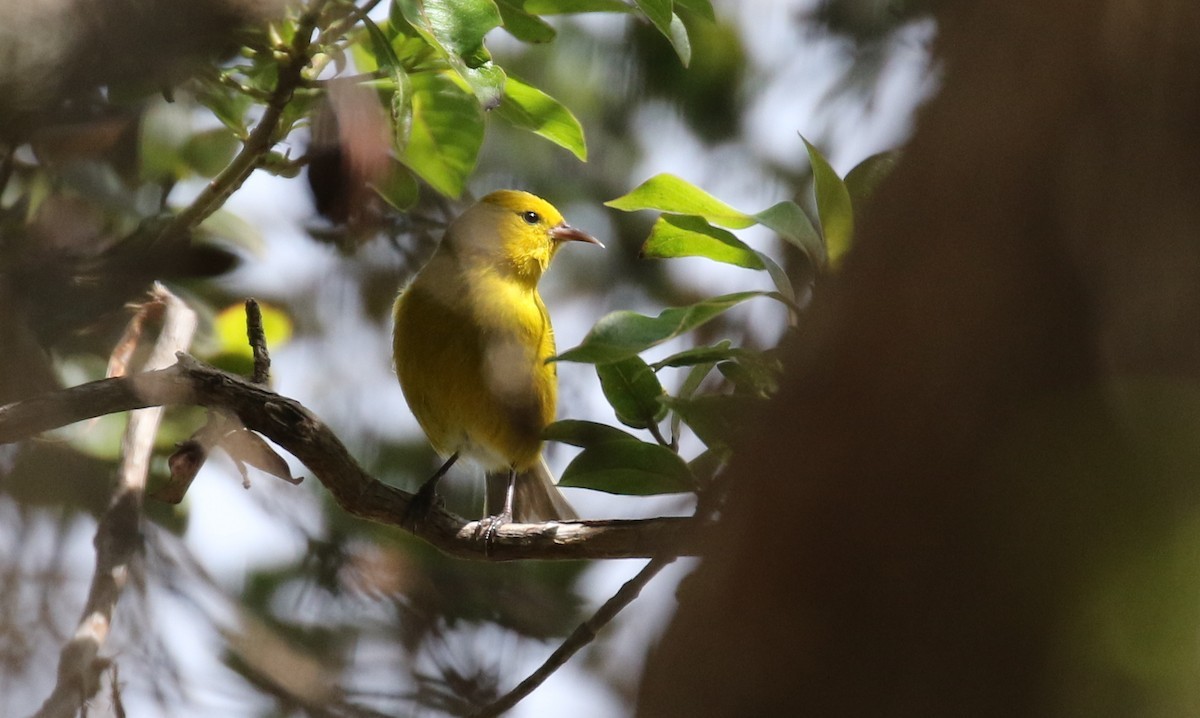Anianiau
A species of Anianiau Scientific name : Magumma parva Genus : Anianiau
Anianiau, A species of Anianiau
Botanical name: Magumma parva
Genus: Anianiau
Content
Description General Info
 Photo By Michael Woodruff
Photo By Michael Woodruff Description
The 'anianiau is a brightly plumaged yellow bird and at 10 centimetres (3.9 in) in length, the smallest Hawaiian honeycreeper. The ʻanianiau has a slightly curved bill and a mass of about 10 g. The plumage of the female is more uniform and has a duller yellow-green color than the male's bright yellow. Its call is a pair of notes, tew-weet, while its song is a trill of wee-see, wee-see, wee-see. 
Size
8 - 13 cm
Life Expectancy
7-9.5 years
Nest Placement
Burrow
Feeding Habits
Anianiau primarily feeds on nectar and arthropods, occasionally incorporating fruits. It utilizes specialized foraging techniques to extract nectar and adeptly captures small invertebrates. Adaptations for its varied diet include a slender, curved beak optimized for nectar extraction.
Habitat
The anianiau thrives in rugged montane forests of broad geographical regions, inhabiting elevations from 600 to 1,600 meters. Its environment is predominantly 'Ōhi'a Lowland Wet Forests, 'Ōhi'ā/'Olapa Forests, and Diverse Mesic Forests. The anianiau's preferred habitat features native trees such as 'ōhi'a, koa, 'ōlapa, and lapalapa, with a particular affinity for the wet conditions in areas like the Alaka'i Swamp.
Dite type
Herbivorous
General Info
Feeding Habits
Bird food type
Species Status
The range of the ʻanianiau has contracted by 85%, as it previously could be found in all forests of Kauai. Habitat degradation and invasion by non-native plants are the most significant threats to this species. Mosquito-transmitted diseases, such as avian malaria and fowlpox, are very rarely observed in captured ʻanianiau, so they may not be a major cause of mortality. Predation by rats and cats is possible but has not been documented. This species is protected in the Alakai Wilderness Preserve and surrounding environs as well as Waimea Canyon and Kokeʻe State Parks. 